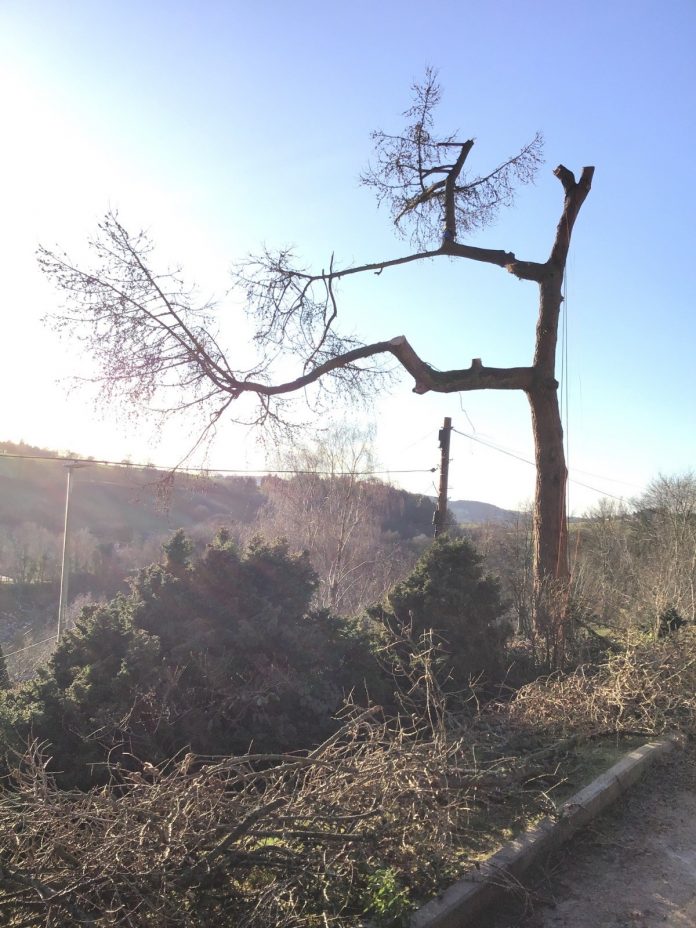For responsible householders and landowners, this is the time to take stock of trees on their property and to make sure they are healthy, well maintained and safe
The most up to date research shows that some six people a year were killed in the UK by a tree, or parts of a tree falling. With a population of 60 million, this would equate to a one in in 10 million chance, by any standards a low risk.
But it remains prudent to be aware of the state of trees in your ownership and to keep an eye out for dangerous or defective branches or decaying of the trunk which may lead to a sudden failure and collapse.
The onset of winter provides the best opportunity to undertake this kind of inspection, since the foliage of the tree has gone and the underlying structure is clearly visible. Pruning and maintenance now is also less likely to cause disturbance to nesting birds.
Apart from removing potentially dangerous branches, pruning in winter can be used to improve the structure of a tree, to reduce shading, to make it less vulnerable to wind damage or just to clear branches away from a building or wires.
Dynamic, living organisms
Trees use the miracle of photosynthesis to create their building blocks, and cutting them – if not expertly done – can leave wounds through which infection can enter, reducing their vitality.
And cutting branches, especially at height, is a dangerous business and should only be undertaken by a trained, insured and professionally-equipped specialist.
As well as maintaining trees in domestic garden settings, specialists are routinely called on to deal with issues in public areas or for site clearance work in spaces scheduled for construction activity.
Part of the planning process ensures that wildlife is fully protected during such operations and arborists will call on the services of a suitably qualified ecologist to advise on when it is safe to proceed with operations.
This is an area which goes largely unpoliced in the domestic arena, and householders should be sure that any tree operatives they employ in their gardens will carry out the appropriate checks before any work commences.
Foremost among these checks should be awareness of Tree Preservation Orders, which are made by local authorities to protect individual trees, groups of trees of woodlands which have a particular amenity value or contribute to the landscape or townscape.
While it might be expected that large, stately deciduous trees would have TPOs, the most unexpected varieties can also be protected. I recently discovered that there was an order on a Sitka Spruce we had been asked to fell – one of the commonest commercial trees in the country.
Potentially dangerous limbs can, in theory, be removed without permission from a tree with a TPO on it, but the penalties for breaching the legislation, inadvertently or not, can be severe.
With all tree work, safety is of primary importance and if branches larger than your wrist need to be removed or if ladders are necessary, a professionally qualified trees surgeon or arboriculturist should be engaged.
Keith Gallacher
Director
Complete Weed Control Scotland

















